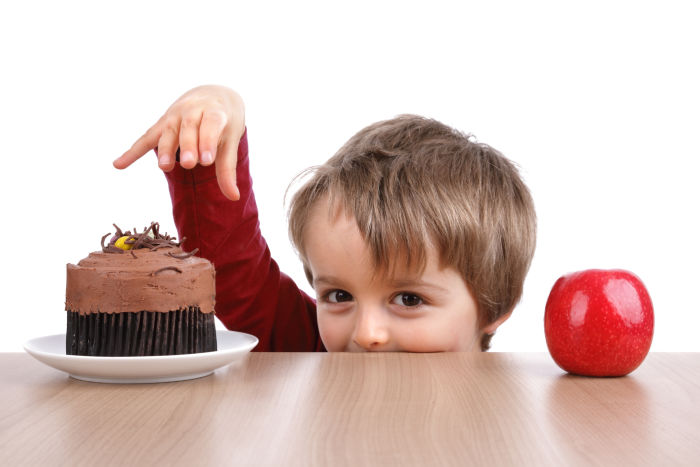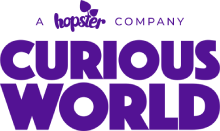
Even a distracted viewer of the evening news will notice that recommendations on kids' healthy eating and diet tend to change frequently. Eggs are bad. No! Eggs are good! Don't feed peanuts until age three. No! Introduce them in the first year! If you are feeling confused, it's because it can definitely be confusing to keep up with the latest nutritional advice. Fortunately, there are some excellent kid and parent-friendly resources that are straightforward and easy to understand for families navigating the essential parts of a healthy diet.
One such resource you may have heard of is the National Heart, Lung, and Blood Institute's, Go, Slow, and Whoa Foods initiative, which is often taught in preschool and elementary school classrooms. It injects some fun into figuring it all out with a familiar traffic light motif of red, yellow, and green food groups. Green "Go Foods" include skim milk, fruits and vegetables, and whole grains, with less sugar, processing, and salt. Yellow "Slow Foods" are vittles that one should eat less frequently such as white bread, processed grains, sweetened fruits, or jam with added sugar. Red "Whoa Foods" include fried foods, sugary cereals, candies, cookies, chips and soft drinks. These should be consumed the least frequently and perhaps offered only as an occasional (not daily) treat for something well done.
If you are still feeling confused or are looking for a more substantial reference source, there are many fun tools and resources available that can keep your family on a healthier path. Here are just a few examples you might find useful.
1. Eat This, Not That! for Kids!
Based on the original best-selling guidebook, this edition offers must-have nutritional advice for concerned parents. Chapters help parents and kids navigate the school cafeteria, pack healthy lunches, and shop wisely at the supermarket.
2. Food N' Me™
A fun online experience for children and parents promoting healthy eating with a focus on balance and togetherness. The website includes games, quizzes, and whimsical food adventures, as well as the super popular game Smash Your Food, which is now available as an app for iPhone.
3. MyPlate
Created by the U.S. Department of Agriculture (USDA), MyPlate is a website featuring an easy to follow food guide offering a nice visual means of how to balance your portions. It wisely emphasizes using rewards and motivation to eat well (not begging or extortion). MyPlate helps kids understand what they need, what is healthy, and what will satisfy. It also sends positive messages about hitting a good weight.
4. KidsHealth
One of the most-visited sites on the Web for kids' health information, KidsHealth offers articles written for parents and kids. School-age children can read nutritional information themselves, or play the audio to the text.
So after all this research, how do you get your kids to actually eat healthily and well? Include your children in food prep, building family menus and balancing the portions for dinner. Create sticker charts, reward their good food choices and don't emphasize losing weight or dieting. Rather, better health comes from long term work and effort on the part of the whole family. If you still have questions, or if you find these resources intimidating, don't be afraid to consult with a nutritionist or your child's primary care physician.
Visit us on Facebook and share your family's tips for eating healthy.





